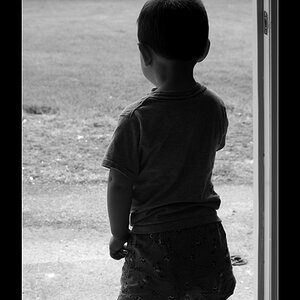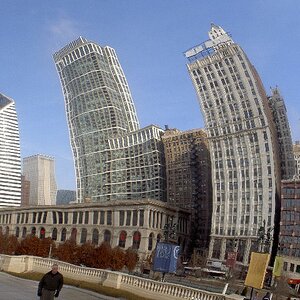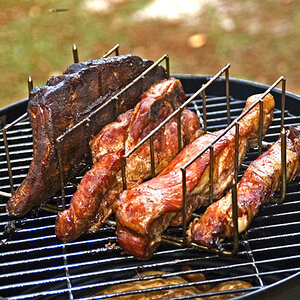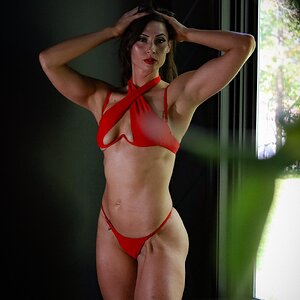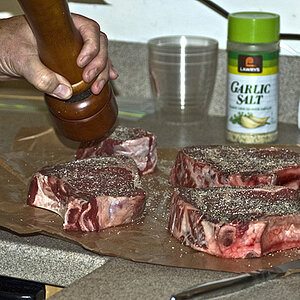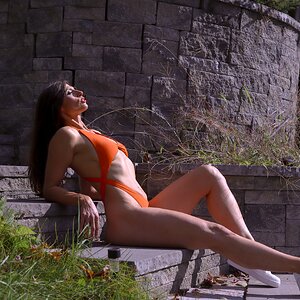Since most of the photo's I take are for website/forum use I could do with some advice please.
At present I don't use RAW but my camera can use this, so by not using RAW am I reducing the photo quality because the camera is saving the photo once taken as a jpeg.
Then before using a photo on a website I reduce its size 1 or 2 before use, is doing this also reducing the final quality of a photo ?
Would a better option be to use RAW at all times and simply open the RAW files on my computer and resize them once before saving and uploading them ?
Also I use Jpeg but would Gig, Tiff or PNG be a better option for website photos.
Thanks for any help.
At present I don't use RAW but my camera can use this, so by not using RAW am I reducing the photo quality because the camera is saving the photo once taken as a jpeg.
Then before using a photo on a website I reduce its size 1 or 2 before use, is doing this also reducing the final quality of a photo ?
Would a better option be to use RAW at all times and simply open the RAW files on my computer and resize them once before saving and uploading them ?
Also I use Jpeg but would Gig, Tiff or PNG be a better option for website photos.
Thanks for any help.


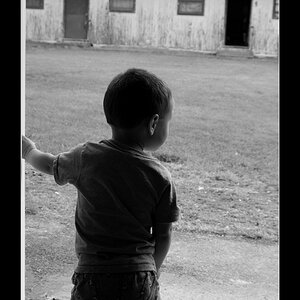
![[No title]](/data/xfmg/thumbnail/39/39438-1eb8b5f82b59d9d0c72ae9025778ed4c.jpg?1619739032)
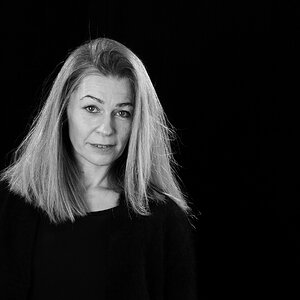
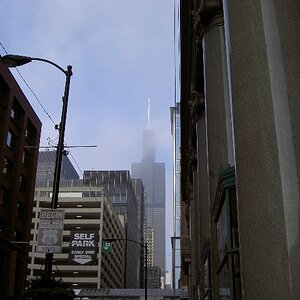
![[No title]](/data/xfmg/thumbnail/42/42453-e95056d39ba6f0ce0e7a7fff81041853.jpg?1619740190)
